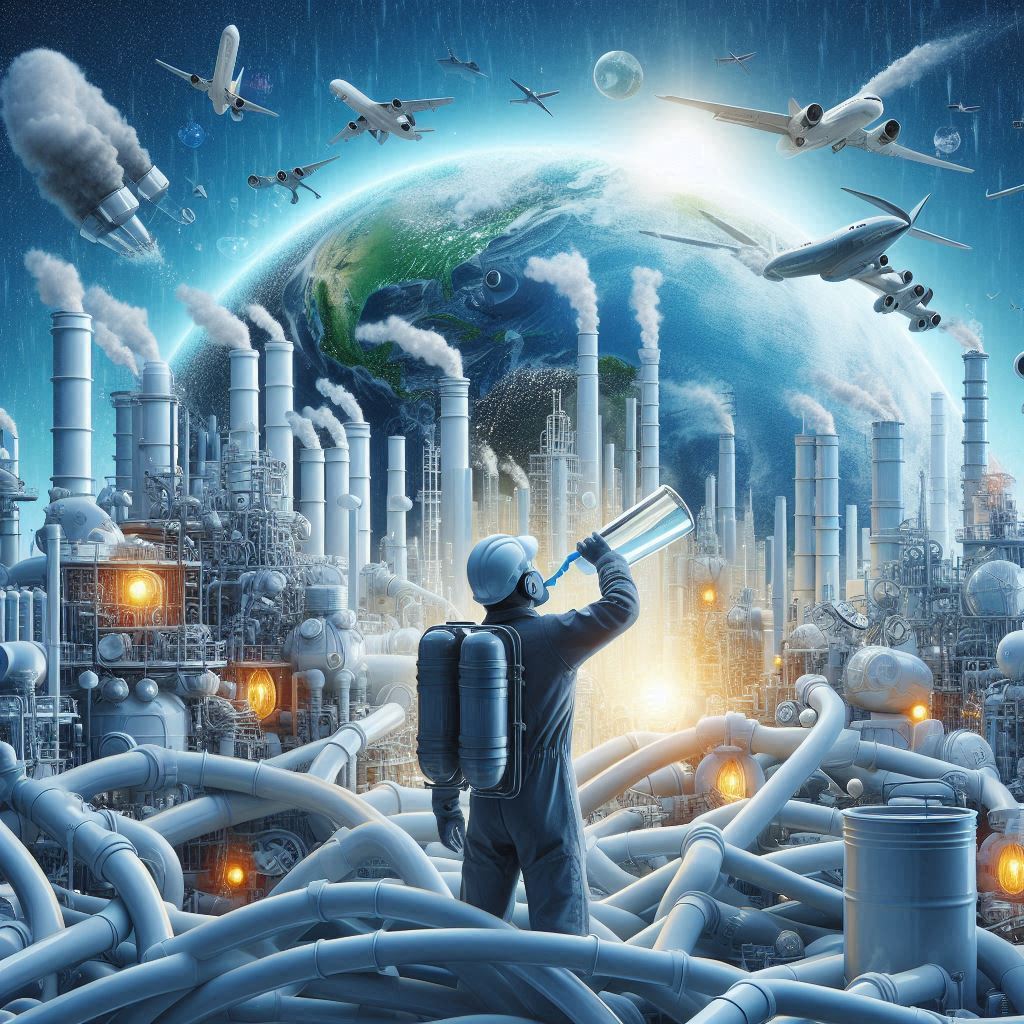PVC Vinyl Chloride: Polyvinyl chloride, or PVC, is a pervasive material woven into the texture of our day to day routines. From the lines under our sinks to the ground surface in our homes, PVC’s flexibility and reasonableness have made it a prevailing power in the plastics business. Yet, there’s a dull mystery hiding underneath its apparently innocuous veneer – its reliance on petroleum products. This asks the urgent inquiry: Might PVC vinyl chloride at any point genuinely have a put in a future zeroed in on manageability?
A Legacy Rooted in Fossil Fuels: PVC Vinyl Chloride
The tale of PVC begins with its center fixing, vinyl chloride monomer (VCM). This dreary gas is principally gotten from petroleum products like oil and flammable gas. The cycle includes breaking these hydrocarbons to create ethylene, which then goes through additional responses to yield VCM. This dependence on non-sustainable assets contributes essentially to ozone harming substance emanations, filling environmental change.
Environmental Impact Beyond Production
The natural impression of PVC doesn’t stop at creation. Fabricating PVC discharges destructive toxins like chlorine gas and can produce harmful results like dioxins when burned. Moreover, the removal of PVC items presents a test. While certain types of PVC are recyclable, the interaction is mind boggling and frequently restricted. Landfills become the last objective for quite a bit of this plastic, where it can require hundreds of years to break down, filtering unsafe synthetics into the dirt.
Exploring Alternatives: A Glimmers of Hope
The natural worries encompassing PVC have prodded the quest for practical other options. Bio-based PVC, where a part of the VCM comes from sustainable sources like plants, is getting forward momentum. Nonetheless, this innovation is still in its beginning phases, and questions stay about its drawn out suitability and natural advantages.
One more encouraging road lies in creating shut circle reusing frameworks for PVC. This would include productively gathering and going back over utilized PVC into new items, limiting the requirement for virgin PVC creation and diminishing dependence on non-renewable energy sources.

The Future of PVC: Balancing Needs with Sustainability
While PVC offers undeniable advantages – its durability, affordability, and versatile applications make it a valuable material – its dependence on fossil fuels and environmental impact cannot be ignored. The future of PVC hinges on its ability to adapt and become more sustainable. Here are some key areas for improvement:
- Investing in Bio-based VCM Production: Increased research and development are crucial to make bio-based PVC a viable, large-scale alternative.
- Developing Efficient Recycling Technologies: Streamlining the recycling process for various PVC products is essential to minimize waste and resource consumption.
- Promoting Responsible Manufacturing Practices: Implementing stricter regulations and cleaner production technologies can help reduce the environmental impact of PVC production.
Making Informed Choices: The Power Lies With Us
As consumers, we play a vital role in shaping the future of materials like PVC. By being mindful of the products we purchase and prioritizing options made from recycled or bio-based PVC, we can send a powerful message to manufacturers. Additionally, supporting companies committed to sustainable practices and fostering a culture of responsible waste management are crucial steps.
The Road Ahead: A Sustainable Future for PVC?
PVC has carved a niche in our world, but its legacy is intertwined with the use of fossil fuels. Whether it can truly have a future depends on the industry’s commitment to innovation and sustainability. By embracing bio-based alternatives, developing robust recycling systems, and implementing responsible manufacturing practices, PVC can potentially find a place in a greener future. However, the onus lies with both manufacturers and consumers to work together to ensure that PVC’s path forward aligns with a sustainable future for our planet.
Raw Material For PVC: Building Blocks Of The Material






